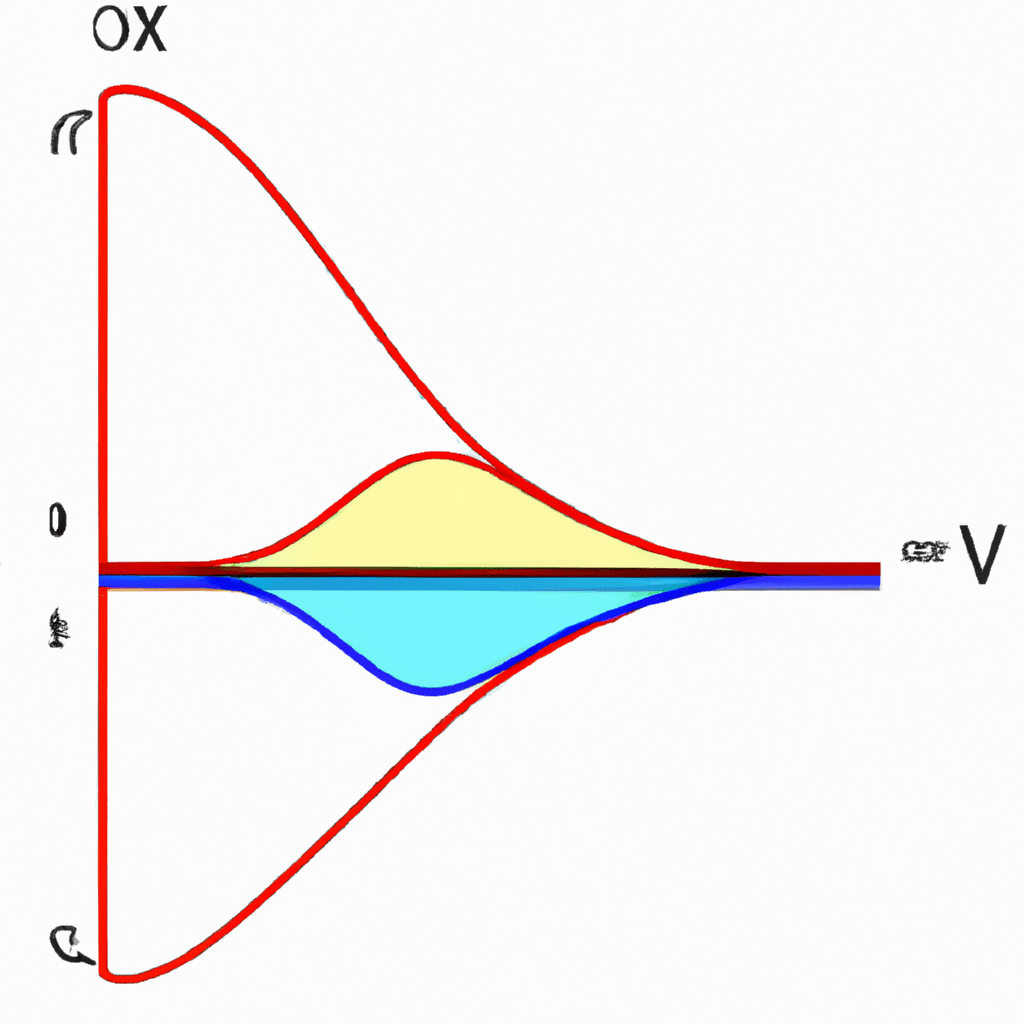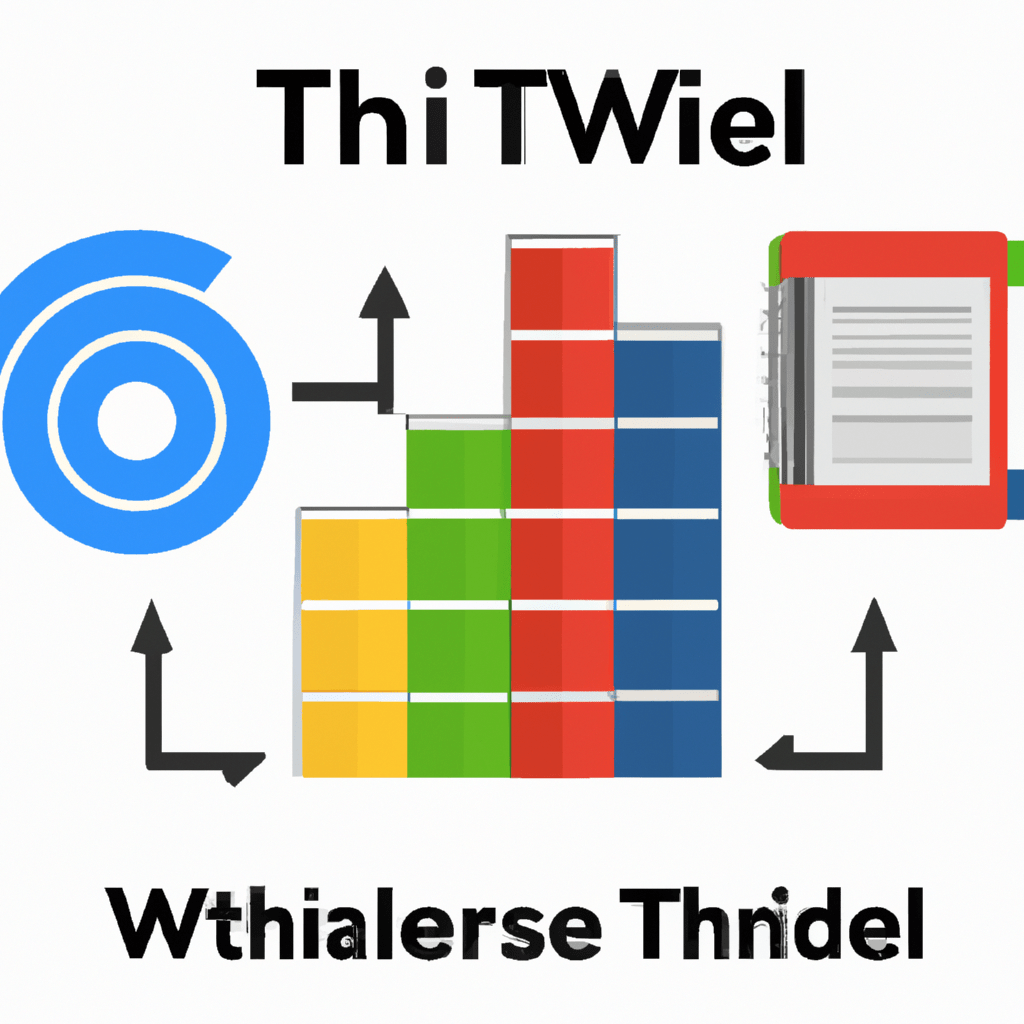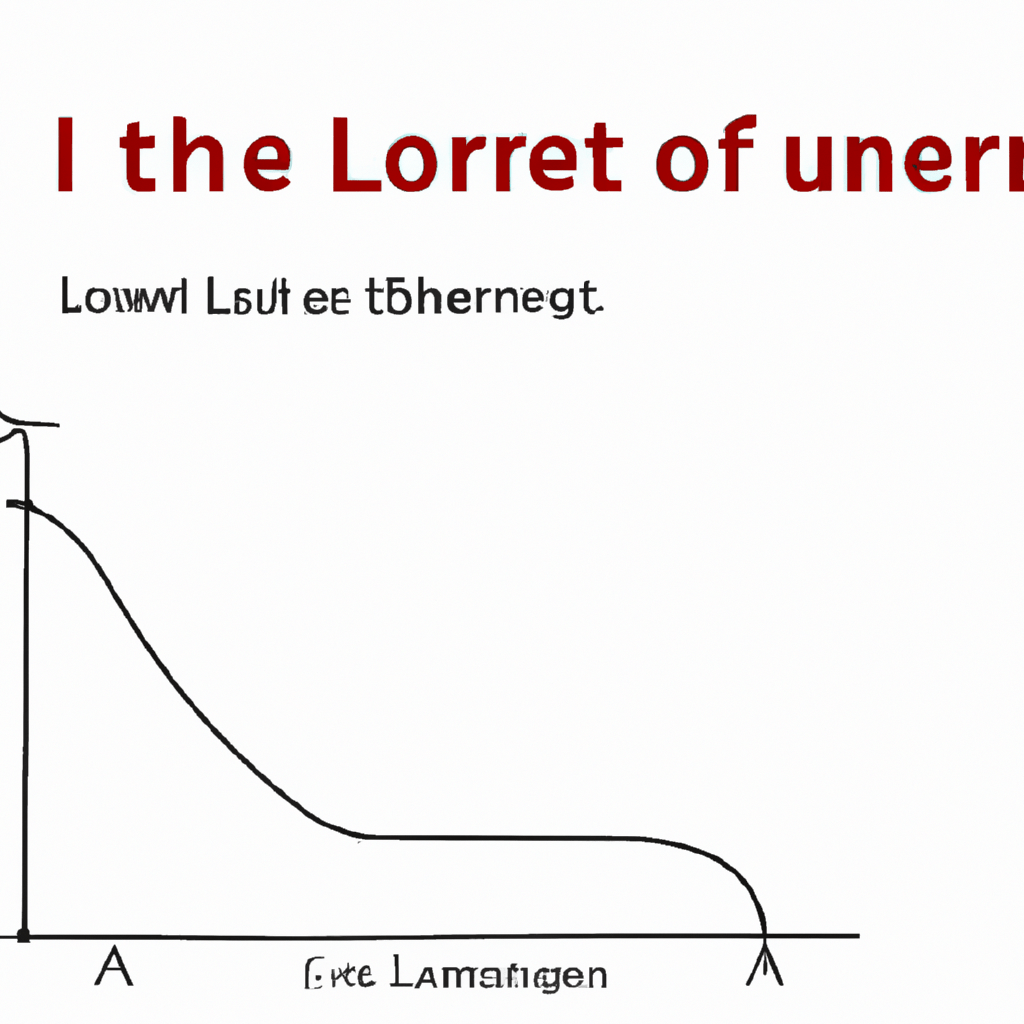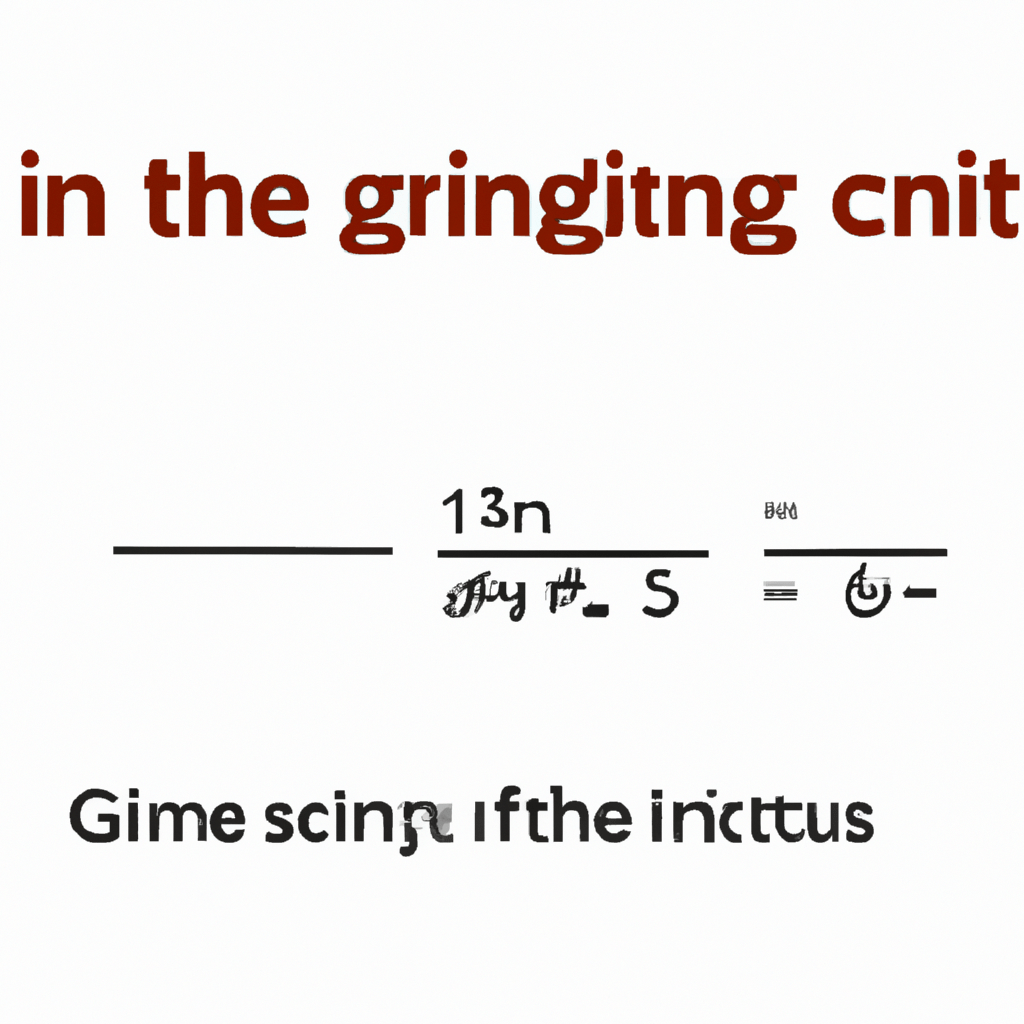Palma ratio

The Palma ratio is an economic indicator that measures income inequality within a society. It compares the share of income received by the top 10% of the population to the share received by the bottom 40%. This ratio provides insights into the distribution of wealth and the concentration of economic power. A high Palma ratio indicates a significant wealth gap, suggesting that a small portion of the population controls a large proportion of the income, while a lower ratio suggests a more equal distribution of income. By understanding the Palma ratio, policymakers and economists can gain valuable information to address income disparities and promote a fairer society.
Read more
Measurement methods

Measurement methods are essential tools used to quantify and assess various properties or characteristics in a systematic and accurate manner. These methods provide a standardized approach to ensure consistency and reliability of measurements across different fields and industries. From simple tape measures to complex scientific instruments and data analysis techniques, measurement methods encompass a wide range of approaches tailored to meet specific needs. They enable scientists, engineers, researchers, and professionals to gather precise and objective data, facilitating the comparison of results and effective decision-making. Through careful application and refinement, measurement methods continue to play a crucial role in advancing knowledge, improving processes, and driving innovation in diverse fields.
Read more
Limitations of Theil index

The Theil index is a commonly used measure to assess income inequality, but it does have some limitations. Firstly, it does not consider the distribution of incomes within each group being analyzed, meaning it may overlook disparities within specific segments of the population. Additionally, the Theil index assumes that all individuals within a particular group share the same characteristics and experiences, which may not reflect the reality of diverse societies. Another limitation is its sensitivity to changes in the size of population groups, making it difficult to compare inequality between different time periods or across regions with varying population sizes. These limitations should be taken into account when using the Theil index as a measure of income inequality.
Read more
Limitations of Lorenz curve

The Lorenz curve, while a useful tool for understanding income inequality, has its limitations. Firstly, it only focuses on income distribution and does not account for other socio-economic factors such as wealth, education, or access to public services. Additionally, the Lorenz curve assumes a homogenous population, disregarding variations within different segments of society. It also does not provide information on the causes or drivers of inequality, making it difficult to develop targeted policies for reducing inequality. Lastly, the curve can be misleading if the income distribution is highly skewed or if there are extreme outliers. These limitations highlight the need for complementary measures and a more holistic approach to understanding and addressing inequality.
Read more
Limitations of Gini coefficient

The Gini coefficient is a commonly used measure of inequality in economic and social contexts. However, it has several limitations worth noting. First and foremost, it fails to capture the full extent and dynamics of inequality within a population. It only offers a single value that does not reveal the distribution's shape or the specific groups experiencing unequal outcomes. Moreover, the Gini coefficient disregards non-monetary dimensions of inequality and fails to account for factors such as education, health, or social mobility. Furthermore, it assumes that any redistribution of income or wealth would be problematic, favoring increased inequality over equitable distribution. In summary, the Gini coefficient provides a limited perspective on inequality and should be supplemented with additional measurements for a comprehensive analysis.
Read more
Limitations of Atkinson index

The Atkinson index, a widely used measure of income inequality, has several limitations that need to be considered. First, it assumes that individuals have the same income preferences, disregarding the possibility of different needs or priorities. Second, it doesn't take into account other dimensions of inequality, such as wealth or access to opportunities. Additionally, the Atkinson index is sensitive to extreme values, making it less robust in situations where there are extreme income disparities. It also doesn't consider changes in income distribution over time, failing to capture the dynamics of inequality. Lastly, the Atkinson index does not account for non-monetary aspects of well-being, such as health or education, limiting its overall usefulness as a comprehensive inequality measure.
Read more
Interpretation of Theil index

The Theil index is a widely used statistical measure to assess inequality in various aspects, such as income, wealth, or regional development. Its interpretation provides insights into the degree of inequality within a population or a specific area. A Theil index value of 0 indicates perfect equality, where everyone shares the same level of the measured variable. Conversely, a value of 1 represents maximum inequality, where one individual possesses all the measured variable. The index can also be decomposed into within-group and between-group components, revealing the contributions of various subgroups to the overall inequality. Understanding the interpretation of the Theil index helps to evaluate and address inequality concerns across different domains.
Read more
Interpretation of Lorenz curve

The Lorenz curve is a graphical representation that helps analyze income distribution within a given population. By plotting the cumulative percentage of income received by individuals against the cumulative percentage of the population, the curve provides insights into economic inequality. The closer the Lorenz curve is to the diagonal line of perfect equality, the fairer the income distribution. However, if the curve deviates significantly from the diagonal, it indicates inequality, with a larger area between the curve and the line representing a higher level of disparity. Understanding and interpreting the Lorenz curve is crucial in studying social and economic policies aimed at reducing income inequality.
Read more
Interpretation of Gini coefficient

The Gini coefficient is a statistical measure used to assess income distribution within a population. It ranges from 0 to 1, where 0 represents perfect equality and 1 represents extreme inequality. Interpreting the Gini coefficient involves understanding the magnitude of the value. A coefficient below 0.3 suggests a relatively equal income distribution, while values between 0.3 and 0.5 indicate a moderate level of inequality. Coefficients above 0.5 indicate substantial inequality within the population. It is important to note that the Gini coefficient does not provide information about the specific causes of inequality, but serves as a useful tool for comparing income disparities across different populations and regions.
Read more
Importance of education and human capital

Education plays a crucial role in the development of human capital. It provides individuals the knowledge, skills, and abilities required to succeed in the modern world. With education, individuals can enhance their critical thinking and problem-solving abilities, enabling them to adapt and thrive in a rapidly changing global economy. Education also fosters creativity and innovation, allowing individuals to contribute positively to society. Moreover, education equips individuals with the necessary tools to make informed decisions, leading to improved health, reduced poverty rates, and increased social mobility. In essence, education is a powerful tool that empowers individuals, enhances their human capital, and drives socio-economic progress.
Read more












